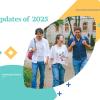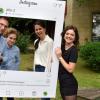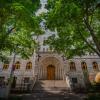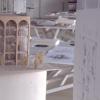POTE Pillars - the Strategic Plan of UPMS
2020
Dec
04
PotePillars is the strategic plan of the Medical School in Pécs, which identifies and supports the directions for development in the coming years. Its four major pillars are the Learning Culture Concept, the Built Environment Concept, the Science and Innovation Concept, and the Well-Being Concept, which are organically connected to each other. The strategy emerging from the concept catalyses such a common way of thinking, a radically novel learning-teaching philosophy, interpretation of science, and human relations, along which the Medical School in Pécs not only follows the changes in higher education in the 21st century, but also leads the changing processes. We talked about the contents of the idea, the need for a new kind of approach and the practical elements of its implementation with dr. Miklós Nyitrai, the dean of the Medical School.
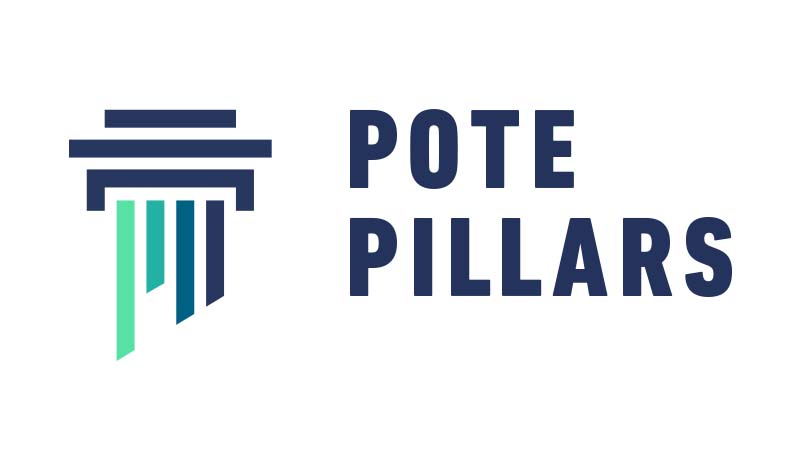
Interview by Rita Schweier, UPMS
Why did the leadership of the School feel the need to create such a strategy?
It is important to think about our future from time to time and figure out the next steps. Careful planning has conditions: such as the assessment of the current situation, which consists of an internal situation analysis, as well as the opinion of outsiders, and the formulation of future, realistically achievable goals. It is very important for the latter to follow a common approach, involving all the citizens of the School and incorporating their opinions. That was why the leadership of the School said that we should put together a document, let it be an aspect that is not set in stone, on the contrary:
it is intended to be thought-provoking, which on the one hand inspires further ideas and on the other hand provides an opportunity for criticism as well.
The point is that it generates dialogue and we are constantly incorporating the feedback we receive into our way of thinking. We believe that this strategy will become a true strategy of our School strategy this way, understandable and accepted, along common goals and visions, creating the collective commitment of School citizens. Everyone loves their own things, accepts them easier. Suffice it to think of when compulsory reading was assigned to us in primary school. A significant proportion of people did not like to read those because they were compulsory, even though those books were not worse than the others.
In short, our motto could be:
“Let’s figure out our future and do it together!”.
Could this strategic way of thinking have been stimulated by the intention and necessity of competing with other domestic and foreign medical schools, as well as the investments started previously at the School?
I think that the investments and developments can be considered rather as precedents. Development is continuous and we also need to induce it, and a comparison with universities that are considered competitors provides us with reference points. I would describe strategic thinking as a need coming from the inside, in the development of which examples are of course important, but our past is equally important because we have to build on our already existing values.
Has the current pandemic situation and the necessary use of online education induced by it, did it have an impact on the formulation of the strategy?
The pandemic worked as a magnifying glass. It gave us an insight into the points in our systems with the strengthening of which we can improve. It has definitely had an impact to this extent, however, independently of the pandemic we had to think about our future, the directions for development.
The achievement of what goals will the implementation of this large-scale strategy lead to in the coming months and years?
It leads to the development of our systems - education, research, innovation, patient care - which are the bases of our activity. It also leads to the creation of a pleasant, inspiring work environment, which is the basis for quality work and will actually become a second home for us.
It would be wonderful if people came to this School with joy and pride. The aim is also to show the realization of these to the outside world as well as to the university citizens.
How big a team is working on the implementation of the four major pillars?
For the time being, the first pillar, the Learning Culture Concept has been completed, currently the goal is to introduce and implement it at the School. In the first half of the year, we set up eight working groups as a start who, after analysing the elements of the teaching-learning system, made their development proposals related to these. After several months, all of this has become a whole and has evolved into a concept on which we would like to build the principles of our education.
The Built Environment Concept is not yet complete, it is a complex issue and it is about designing the spaces of collaboration. We are talking about learning, teaching, laboratory, and office work, as well as resting and relaxation spaces here. In its development, we rely on the university's chief architect and his team, as well as on a professional with whom we have been working on smaller tasks for a year and a half, and we have also involved an external company with a significant reference. In this case, the expertise of the School was no longer sufficient to elaborate all the details qualitatively.
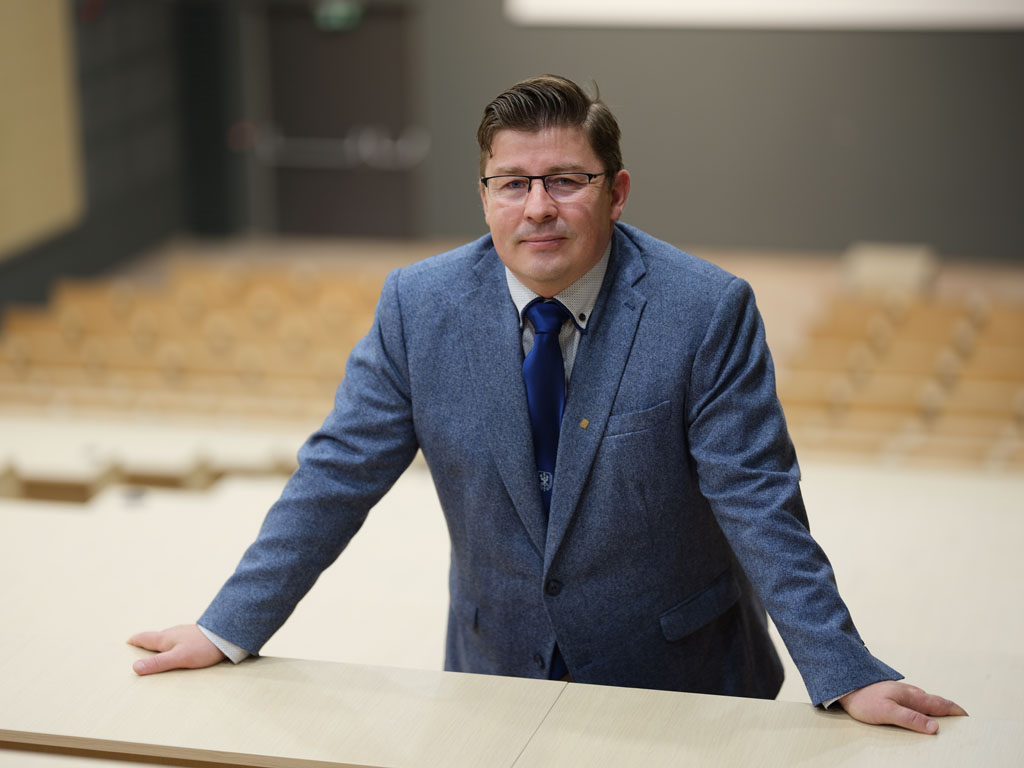
The third pillar, the Science and Innovation Concept is in the middle of a serious discourse where our aim is to formulate forward-looking goals and associated tools in the field of science and innovation. The scientific performance of our School has doubled in the last five years. In terms of publications, things are going in the right direction, so this only needs to be addressed in a reinforcing way in the strategy. However, at today’s modern universities, publication is only one important measure of the amount of scientific and innovation work that takes place in the workshops.
We need to devote much more time, energy and attention to ensure that the ideas that emerge are also used socially, namely that everything we come up with in scientific laboratories benefits the population, the patients and the healthy.
It has a financial side too, we would like to cooperate with the players in the economy, and if we formulate the goals and carry out the tasks well, it will also have the potential to generate revenue. The purpose of this pillar is not to provide advice on research topics, but to tell what is important to the School and the university, organized in a systematic way.
The fourth pillar, the Well-Being Concept answers the question of whether we are doing everything we can to feel good at the School, what the eating and sports opportunities, and mental health support are like, and where the current system needs to be improved. 50 to 60 people work in our health program, but basically hundreds are involved in the strategy-making process.
There is also an unmentioned pillar, this is the marketing brand building, which will be relevant if the four pillars are strengthened and achieve their goals. It is important to show what we have achieved and to communicate this within the School as well as to the outside world. Presenting our values is important from a market point of view as well.
I guess the results will be shown in steps, still, when would you like to see that much of the goals have been achieved?
There are several points in this strategy that are already showing results after one, two, or three months, but it is also a heterogeneous idea in terms of its feasibility.
All in all, I can say that it is a vision for ten years rather than one. A lot depends on how good the planning was.
The good plan will be able to be implemented extremely effectively by the citizens currently working at the School, the teachers as well as the students or those working in the administration. That is why we are making our ideas more and more widely known to them, which we are constantly subjecting to critical analysis. If the individual goals are the same as the goals of the School, it will result in a different attitude, commitment, emotionally as well. The speed can also be accelerated this way.
You have already presented this strategy to the leadership of the university, the teacher and administrative team, how was it received? What feedback did they give on it?
Fortunately, we received positive feedback. There is some skepticism in connection with its feasibility and a little resistance regarding the change but it is a perfectly understandable feeling associated with the process. However, we need to move out of our comfort zone in order to move froward, to be able to renew. I can also say that it is a common dream that has its reality content. As time and developments progress, its limitations will also appear, which can encourage us to make changes and clarifications.
The point is inspiration. This is when we say that if you want people to sail, do not build ships for them but show them how beautiful the ocean is.
If there are partial results, we will see the achievement of our work because our education will be better, our spaces, our environment will be more beautiful, it will then confirm the next step as positive feedback and that is very important. Success is a legal doping substance for all of us, which can even result in rapid development.
(*POTE: short for Pécsi Orvostudományi Egyetem, Pécs Medical University/1951-1999 - the ed.)
The video statement of dean dr. Miklós Nyitrai about PotePillars:
- Log in to post comments
University of Pécs | Chancellery | IT Directorate | Portal group - 2020.


